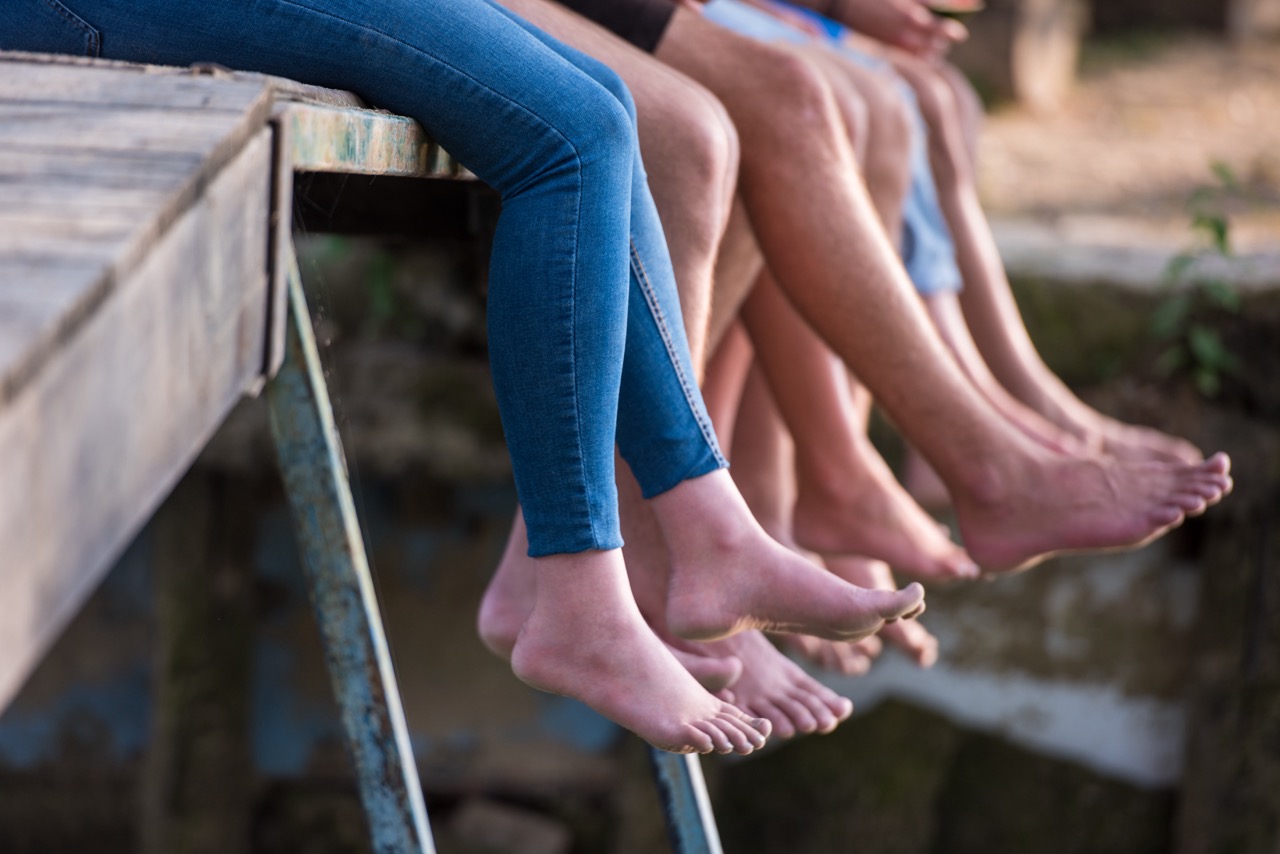How Proper Foot Care Prevents Athlete’s Foot

Athlete’s foot, clinically known as tinea pedis, is a common fungal infection that affects the skin of the feet. While it is often associated with athletes, it can affect anyone, particularly those who frequently find themselves in warm, damp environments. Proper foot care plays a pivotal role in preventing this condition, enabling individuals to maintain not only their foot health but overall well-being. In this article, we delve into the causes and risk factors of athlete’s foot, essential foot hygiene practices, the importance of moisture control, and the significance of selecting the right footwear.
Understanding Athlete’s Foot: Causes and Risk Factors
Athlete’s foot is primarily caused by fungi that thrive in warm, moist areas. These fungi can be found in places such as swimming pools, locker rooms, and communal showers. When individuals walk barefoot in these environments, they are at an increased risk of contracting this infection. The fungi penetrate the skin, leading to symptoms like itching, burning, and peeling, particularly between the toes.
Certain demographic groups are more susceptible to athlete’s foot, including athletes, individuals with weakened immune systems, and those who sweat excessively. Poor foot hygiene and wearing tight, non-breathable shoes can exacerbate the likelihood of developing this condition. Moreover, people who share personal items, such as towels or footwear, are also at risk, as the fungi can easily transfer from one individual to another.
Understanding these causes and risk factors is crucial for effective prevention. Individuals who are aware of their susceptibility can take proactive steps to minimize their risk, such as avoiding communal areas or ensuring they practice good foot hygiene regularly. This knowledge lays the foundation for a comprehensive foot care routine that can significantly reduce the chances of developing athlete’s foot.
Essential Foot Hygiene Practices to Prevent Infections
Maintaining excellent foot hygiene is vital in preventing athlete’s foot. This begins with regular washing of the feet using soap and water. It is important to clean between the toes thoroughly, as this is a common area where fungi thrive. After washing, drying the feet properly is equally essential; moisture left between the toes can create a breeding ground for fungi.
In addition to regular washing, daily inspections of the feet can help identify any early signs of infection, such as redness or cracking skin. Individuals should also ensure that their toenails are kept trimmed and clean, as fungal infections can easily take hold in damaged or ingrown toenails. If any signs of athlete’s foot are noticed, it is crucial to take immediate action to address the issue before it worsens.
Using antifungal powders or sprays can also provide an added layer of protection. These products help keep the feet dry and inhibit fungal growth. By implementing a consistent foot hygiene routine, individuals can significantly reduce their risk of developing athlete’s foot, allowing them to enjoy a higher quality of life.
The Role of Moisture Control in Foot Health Maintenance
Moisture control is a critical aspect of foot health maintenance that cannot be overlooked. Fungi thrive in damp environments, so keeping the feet dry is essential for prevention. Regularly changing socks, especially after physical activity, can help maintain dry conditions. Opting for moisture-wicking socks can further help in keeping feet dry by drawing sweat away from the skin.
Additionally, individuals should consider the types of materials used in their footwear. Breathable materials can enhance air circulation, allowing moisture to escape and assisting in keeping the feet dry. On the other hand, synthetic materials may trap moisture, increasing the risk of fungal growth. Choosing shoes that allow for adequate ventilation is a smart strategy for moisture control.
Moreover, specific foot care products designed to control moisture can be beneficial. Antifungal powders and foot sprays not only keep the feet dry but also provide a protective barrier against fungal infections. By understanding and implementing effective moisture control strategies, individuals can significantly lower their risk of encountering athlete’s foot.
Choosing the Right Footwear for Optimal Protection
The choice of footwear plays a significant role in the prevention of athlete’s foot. Well-fitting shoes made from breathable materials can minimize the risk of developing this fungal infection. Shoes that are too tight can restrict airflow, creating a warm, humid environment that is conducive to fungal growth. It is essential to select footwear that allows for proper ventilation and supports foot health.
Moreover, individuals should be cautious about wearing the same pair of shoes for extended periods without allowing them to dry out. Rotating between different pairs of shoes can help ensure that each pair has adequate time to air out and dry completely. This practice not only prolongs the life of the footwear but also significantly reduces the likelihood of fungal infections.
Lastly, individuals should avoid walking barefoot in public places, such as pools, gyms, and locker rooms. Wearing flip-flops or water shoes in these environments can provide a barrier against potential exposure to fungi. By making informed choices about footwear and being mindful of where they walk, individuals can take proactive steps toward preventing athlete’s foot.
In conclusion, proper foot care is indispensable in the fight against athlete’s foot. By understanding the causes and risk factors associated with this fungal infection, individuals can better equip themselves to prevent it. Essential hygiene practices, effective moisture control, and the selection of appropriate footwear all contribute to maintaining healthy feet and preventing the development of athlete’s foot. By prioritizing foot care, individuals can enjoy an active lifestyle free from the discomfort and inconvenience of this common condition.




